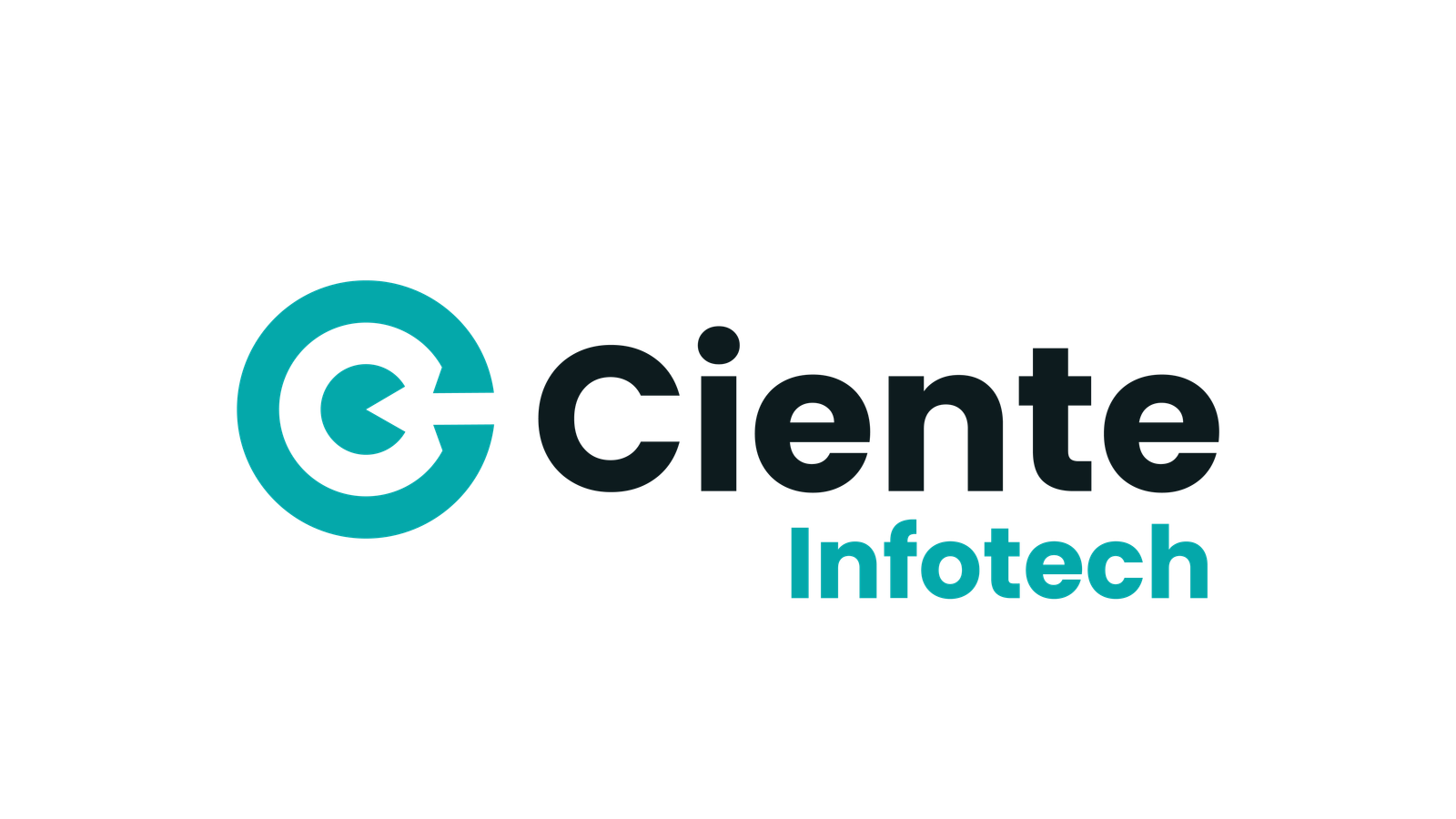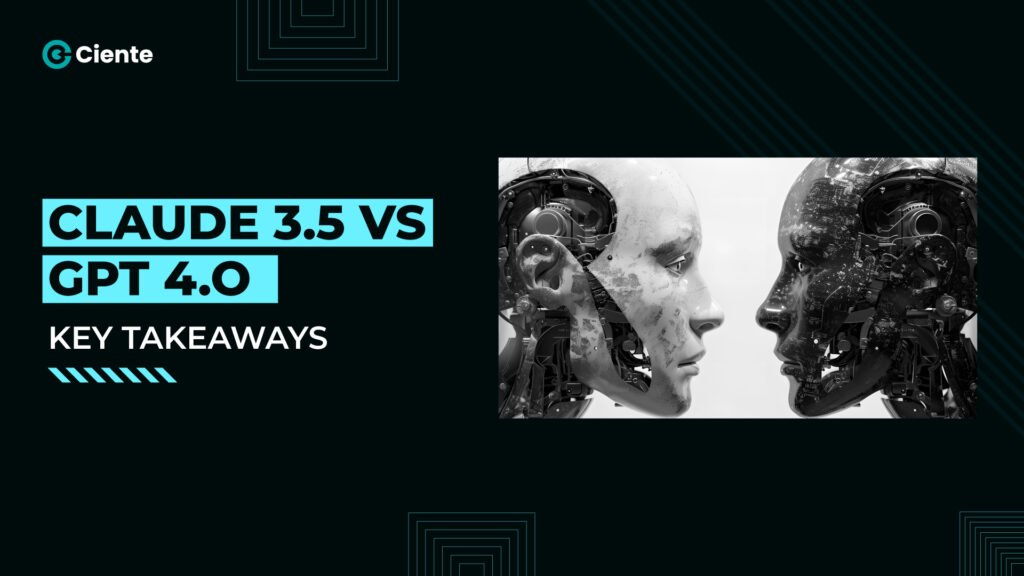With AI’s dominance in business operations, reliability of the tool is questionable. Claude 3.5 or GPT— Which one’s better?
In today’s tech-led world, businesses are realizing the power of AI. 94% of execs believe that AI has the potential to amplify brand growth. Most of us assume AI to be a tool that merely responds to a prompt. But there could be more to this. We are yet to decipher how a particular response is generated, raising several questions and skepticism. Can it do more than synthesizing information from multiple sources? What if one day it becomes so great at content assimilation that businesses begin to replace humans?
Brands rely on high-quality content to generate revenue and traffic through various mediums like social media channels, emails, subscriptions, etc. With Perplexity AI, Open AI, and Google AI already coming to the forefront, more needs to be explored in the AI domain. A stream of tech is being introduced, requiring businesses to scale up and integrate the best AI tools.
After the release of ChatGPT, it became the fastest-growing app. Inculcating curiosity and debate, this technology began to dominate the tech domain. As ChatGPT gained popularity, more language models were launched in the market. One of them is Claude, a tech that became the closest rival. Businesses are now weighing which of these technologies is better than the other. However, ChatGPT stepped up by launching GPT-4o- a multimodal AI model. Claude didn’t stay behind this competition and released Claude 3.5.
The comparison between Claude 3.5 and GPT-4o is real and more relevant as Open AI is geared towards setting a new industry standard.
Claude 3.5 and GPT-4o at a glance
With the generative AI market projected to reach $126.5 billion by 2030, brands like yours must recognize the strengths of these leading models.
Claude 3.5
With this advanced large language model, you don’t need to stress about data safety. It builds on the strengths of previous models, enhancing AI applications. The design of this model successfully minimizes harmful outputs. You can generate coherent and relevant content across various domains, improving its suitability for various applications. The core focus of Claude 3.5 remains textual inputs and outputs.
GPT-4o
OpenAI developed this tech— a multimodal model that integrates text, audio, and visual processing into one structure. Using GPT-4o, you can seamlessly manage AI advancements. This allows you to integrate text, audio, and visuals into one framework, promoting the management of complex interactions. A highlighting feature of the new GPT is better user interactions. There is also an attempt to address safety measures to ensure appropriate responses.
Key differences between Claude 3.5 & GPT-4o
1. Model Architecture
Claude 3.5 Sonnet will be beneficial to you for long-form content like processing large documents and complex workflows involving multiple steps. Its model architecture is designed such that it offers an extended window that makes Claude 3.5 perfectly suited for customer support. You can track detailed history or handle complex conversations. Moreover, brands dealing with extensive data processing or technical documentation can benefit from their ability to manage large inputs accurately and continuously.
GPT-4o can process text, image, audio, and video inputs, making it the best fit for cross-media processing applications. Although GPT-4o is not the best bet for your long-form content, its broad context window is powerful enough for most conversations, real-time problem-solving, or content-generation tasks.
2. Multimodal Functionalities
The expertise of Claude 3.5 lies in processing text and visual reasoning, promoting smooth integration of visual data like charts and graphs. This tech is useful, especially for integrating AI to interpret and draw insights from statistical data.
GPT-4o allows you to efficiently process text, image, audio, and video within a single model. It is a versatile model for multimedia applications. You can leverage this technology to launch personalized content, marketing campaigns, and interactive experiences. The best feature is text generation in response to visual prompts for various industrial domains.
3. Pricing
Cost-wise, Claude 3.5 is more cost-effective than GPT-4o. This applies to domains like back-end processing, data analysis, or customer service. Claude 3.5 has the potential to handle a lot of data internally without requiring a high output volume. On the other hand, GPT-4o is more expensive but gives you flexible costing options, especially for Batch API.
GPT-4o is the better option for businesses with high multimodal output requirements, such as content creation, marketing, or media production, where the cost per output can quickly add up if not managed effectively.
4. Coding and Reasoning
When it comes to coding-related tasks and processing complex reasoning, Claude 3.5 is your champion. It can handle complex programming challenges like debugging, refactoring code, and solving intricate algorithms pretty easily. Additionally, it is ideal for software companies, data scientists, or brands working on modernizing tech applications. You can rely on Claude 3.5 to efficiently solve your tasks, even those that demand a deeper level of logical and mathematical reasoning.
Apart from coding, GPT-4o’s strong points lie in creative writing, language translation, and dealing with multilingual conversations. You can utilize GPT-4o to operate efficiently in multilingual settings. This version of GPT generates better content, making it a perfect fit for new or established brands in content creation or marketing domains.
5. Speed
The operating speed of Claude 3.5 is twice that of Claude 3 Opus. However, compared to GPT-4o, it generates outputs slightly slower while being accurate and operating over a large context window.
GPT-4o is well-suited for real-time applications where speed is important for live customer support, voice-to-text processing, or interactive AI-driven apps. This tech functions efficiently in real-time transcription or global business support.
When should you choose Claude 3.5?
Claude 3.5 offers a context window perfectly suited for long-form tasks, which serves well if you are dealing with technical research or multi-level interactions. This advanced Claude is great at debugging, refactoring, and handling complex algorithms. It is an ideal software solution for application modernization. If you are from an industrial domain that involves interpreting data with visuals, it is a valuable tool.
When you should opt for GPT-4o
GPT-4o holds the potential to process complex datasets, including texts, images, audio, and videos. It is the ideal pick for multimedia content and businesses demanding dynamic content flow across various formats like marketing and media. You can utilize this tech to generate campaign copies, image files, and videos for a product launch. This can be your go-to tool for streamlining your content production cycle, allowing you to deliver messaging in different formats. Another plus point of integrating GPT-4o is seamless real-time interactions and live customer support. This feature makes it a perfect fit for your global customer service operations.
Summing up – With the growing digitization, there is a need to dive into the inner workings of the upcoming AI models. Glaude 3.5 Sonnet, one of the large language models is great at reasoning and generating human-like responses. It lets you create an organic chat experience despite being a tech. Contradictory to Claude 3.5, GPT-4O is faster even for responding to multiple prompts at a time. Both these technologies are worth investing in, but the choice would depend entirely on your business offerings and the challenges you are looking to address.



